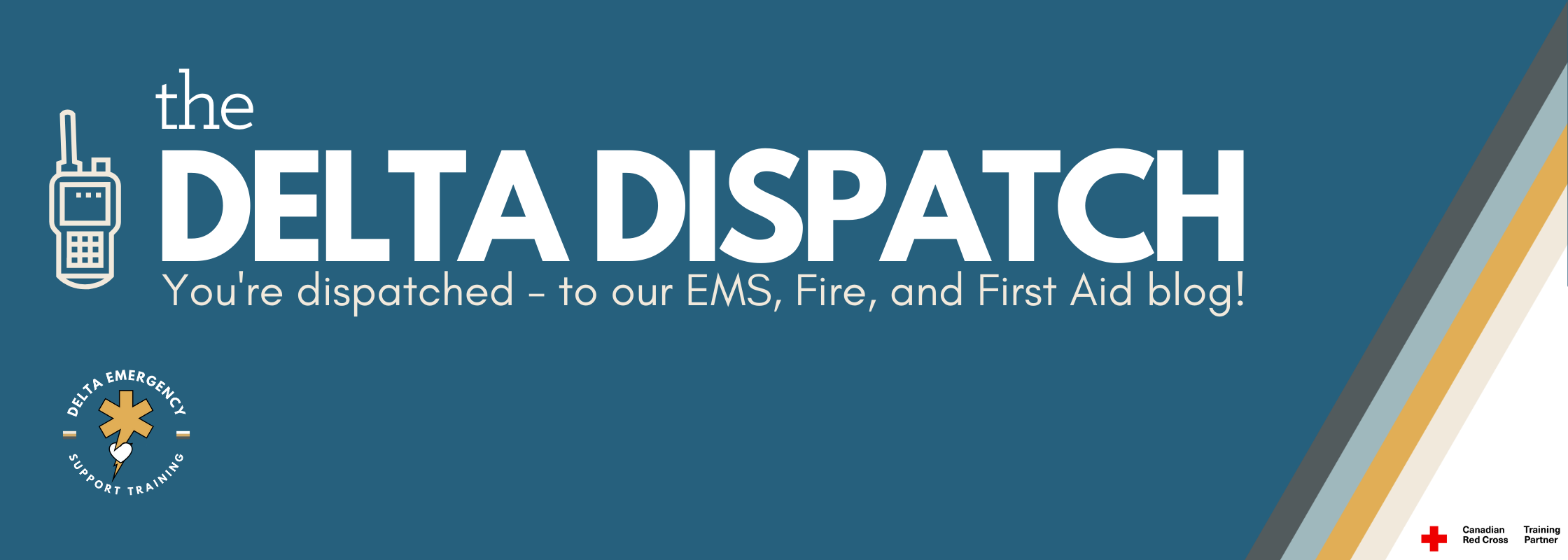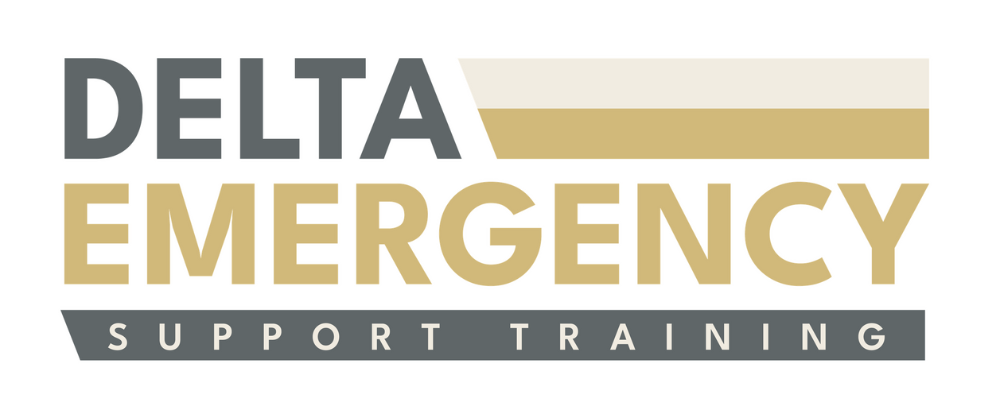Understanding Blood Pressure: A Critical Guide for Advanced First Aiders & EMRs
/Blood pressure is one of the most foundational yet powerful tools we have in emergency medical response. For Advanced First Aiders (AFA) and Emergency Medical Responders (EMRs), knowing how to assess and interpret blood pressure can directly influence your patient care decisions and the urgency of interventions.
Whether you're the first responder at a vehicle collision or assisting someone feeling faint at a public event, blood pressure is a window into the circulatory system—and sometimes, the first clue that something critical is happening.
🧠 What Is Blood Pressure, Really?
Blood pressure (BP) measures the force of circulating blood against the artery walls. It reflects two key phases of the heart's cycle:
Systolic (top number): The pressure when the heart contracts and pumps blood out.
Diastolic (bottom number): The pressure when the heart relaxes and fills with blood.
📊 Standard Ranges (for Adults):
ClassificationSystolicDiastolicNormal90–120 mmHg60–80 mmHgElevated120–129 mmHg<80 mmHgHypertension Stage 1130–139 mmHg80–89 mmHgHypertension Stage 2≥140 mmHg≥90 mmHgHypotension<90 mmHg<60 mmHg
⚠️ Context is everything. A BP of 90/60 might be perfectly normal for one patient, but a sign of decompensated shock in another.
🔍 Why Blood Pressure Is Vital in Prehospital Care
As an AFA or EMR, you rely on vital signs to tell a story. Blood pressure, especially when taken alongside LOC, skin signs, RR, and pulse, can help you:
Detect early signs of shock or internal bleeding
Monitor for stroke or cardiac complications
Differentiate between syncope and seizure
Recognize toxic exposure or overdose
Identify heat exhaustion or dehydration
Understand trends during ongoing assessment
BP is especially important during ongoing monitoring, not just initial assessment.
🛠️ How to Take an Accurate BP (Manual Method)
While digital monitors are useful, manual BP skills are essential for field readiness and clinical accuracy.
✔️ Equipment:
Sphygmomanometer (BP cuff)
Stethoscope
🧾 Step-by-Step:
Position the patient: Seated or supine with arm supported at heart level.
Wrap the cuff snugly around the upper arm, 2–3 cm above the elbow crease.
Locate the brachial artery and place the stethoscope over it.
Inflate cuff until the pulse is no longer audible (~180–200 mmHg, or 30 above normal).
Slowly deflate the cuff (~2 mmHg/sec).
First sound = Systolic, last sound = Diastolic.
Fully deflate and record the reading with time and side taken (e.g., L arm, 10:05 a.m.).
🔄 Reassess BP every 5 mins for unstable patients, and 10–15 mins for stable ones.
🧠 Interpretation in the Field: What Do Abnormal BPs Tell Us?
⬇️ Low BP (Hypotension)
May indicate:
Hemorrhagic or hypovolemic shock
Sepsis
Dehydration
Anaphylaxis
Overdose (narcotics, sedatives)
Heart failure
Clinical clues:
Cool, clammy, pale skin
Confusion or altered LOC
Weak, thready pulse
Increased RR
Cap refill >2 seconds
🛑 Action:
Lay patient supine
Keep warm
Provide oxygen (if trained)
Activate EMS
Monitor vitals and ABCs frequently
⬆️ High BP (Hypertension)
Could indicate:
Stroke
Head injury
Cardiac crisis (e.g., MI)
Pain or anxiety
Certain toxins or drugs
Clinical clues:
Headache
Blurred vision
Bounding pulse
Facial flushing
Unequal pupils or confusion
🛑 Action:
Keep patient calm and seated
Avoid sudden position changes
Support ABCs
Monitor for neuro signs
Rapid transport if stroke is suspected
🛑 Common BP Mistakes to Avoid
Cuff too small or too loose = falsely high reading
Arm unsupported or above/below heart level = inaccurate reading
Talking or moving during reading = unreliable results
Only taking one reading = no trend to compare
📎 Always pair BP with a full set of vitals: HR, RR, skin signs, LOC, SpO₂ (if available).
🧰 Practice Tips for AFA/EMR Students
Practice BP on real people during calm and active states
Use scenario-based learning (e.g., trauma, medical, overdose)
Compare manual and digital readings for training purposes
Note how BP trends with treatment and patient position
🌡️ BP in Specific Situations
🧓 Elderly:
May have higher baseline BPs due to reduced arterial elasticity
Monitor for postural hypotension
👶 Children:
Use appropriate cuff size
Hypotension is a late sign of shock
🤕 Trauma:
A falling BP with rising pulse = shock
Suspect internal bleeding or volume loss
🧠 Stroke:
BP may rise to preserve cerebral perfusion—don’t treat unless trained and authorized
✅ Final Takeaways for First Responders
Blood pressure is a critical diagnostic tool, not just a number.
Always take it in context with other vitals and the patient’s presentation.
Practice often, document clearly, and reassess regularly.
Know the red flags and escalate care early if something doesn’t feel right.
Want to sharpen your blood pressure skills?
Join our Advanced First Aid or EMR courses for hands-on practice, real-world scenarios, and guidance from experienced instructors.




